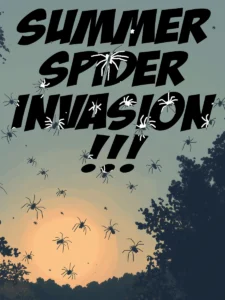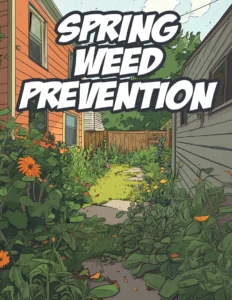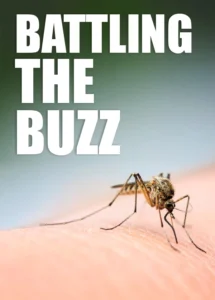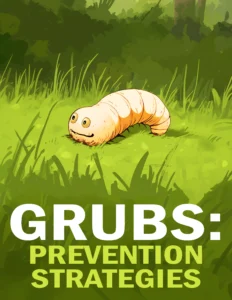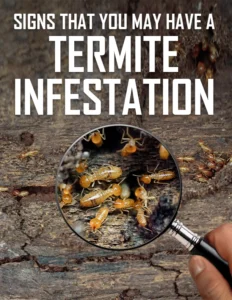Learn to Identify House-Eating Pests With a Termite Inspection
If you live in an area that is termites to termites it’s a good idea to be able to identify them. If you’re a homeowner, you want to be aware and prepared for any potential risks. Knowing what your looking at is the first step to fighting off these wood-eating, destructive pests. This will allow you to assess a situation. That way, you can come to a conclusion with your termite inspection company about what the most effective type of treatment method is.
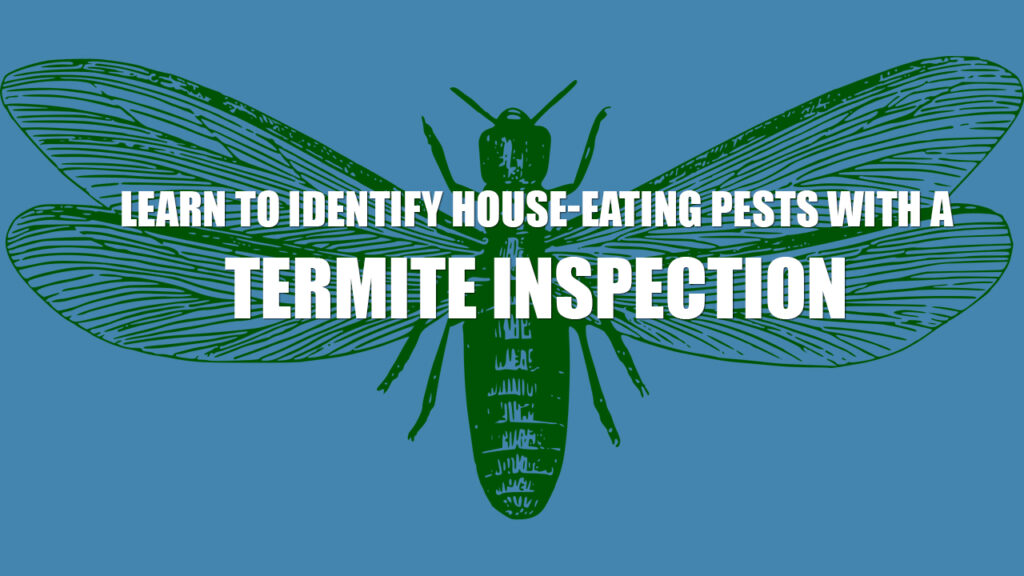
Many people still mistake carpenter ants for termites or vice versa. This mistake can make it difficult to follow up with an appropriate plan of action. There are also three main types of termites.
Each type that commonly attack homes has different habits and diets. The more you know, the more you can protect your property.
Subterranean Termites
Subterranean termites live underground in soil. They use mud tubes that they’ve built on walls or around the foundation of a home to migrate back and forth. This way, they move food between their colony and food sources. They are generally found in warmer climates.
Subterranean termites can be particularly alarming because they tend to swarm in thousands.
Mature subterranean termites shed their wings. This is something homeowners can look out for, especially around window sills. Homes built on elevated foundations should have regularly scheduled termite inspections. These inspections should focus on cracks or crevices. These openings leave an option for termites to enter.

Drywood Termites
It can be particularly distressing to learn you may have destruction caused by drywood termites.
These pests survive for long periods of time by living and dispersing throughout the wood in a structure. This means that while they’re living in your home they are also constantly feeding on it. This can cause walls, doors, framing, flooring, furniture, etc. to hollow out. The worse of it being you may never being the wiser until something finally collapses.
Current or past drywood termite activity can be indicated by the pellet-like droppings they leave in their wake. If you see these, it means you should call a professional pest control inspector right away.

Dampwood Termites
Dampwood termites are larger and can often be spotted easier than other species. They exist in damp conditions and tend to settle into outside moist, rotting wood.
Homeowners should be aware of all plumbing leaks, roof or siding drips, rainwater drainage and wet wood around their property. Damp leaks like these can attract these moisture-loving pests.
Regular termite inspections of your property can ward off the threat. Stop these silent vandals from making your precious home their next meal.



